With the world straddling the COVID-19 pandemic, pre-existing societal issues such as violence, inequity, and poverty have been further magnified. Young children are literally stuck inside their houses throughout the day; having limited outlets for their boundless energy can have dire physical and emotional manifestations. Besides this, many young children from low-income households are experiencing a new kind of struggle because their parents’ incomes have dipped. Sudden changes in a child’s lifestyle, food, hygiene, living facilities, etc and their inability to make sense of these shifts can have a major impact on their mental health and wellbeing.
Given this predicament, educators are now compelled to re-evaluate traditional forms of pedagogy in order to teach core skills that are applicable in real-world settings. This requires an approach in which the study of academic content is carried out with the objective of strengthening critical thinking skills, collaboration, empathy, and creativity.
The concept of ‘Social and Emotional Learning’ can help transform a classroom environment, wherein teachers and students are encouraged to reflect on the subject matter at hand, as well as process and express their thoughts and emotions.
Social-Emotional Learning (SEL) is the process through which children make sense of their emotions, understand the world around them, and learn how to positively navigate through relationships, decision-making, aspirations and intentions. The focus of this approach is to enable students and teachers to develop a better understanding of the self and the world around them.
Simple Education Foundation (SEF) is a not-for-profit working with four government schools in Delhi and one in Uttarakhand to transform teaching and learning practices inside them. The Foundation is currently collaborating with municipal schools in Delhi to make learning a more wide-ranging and reflective experience.
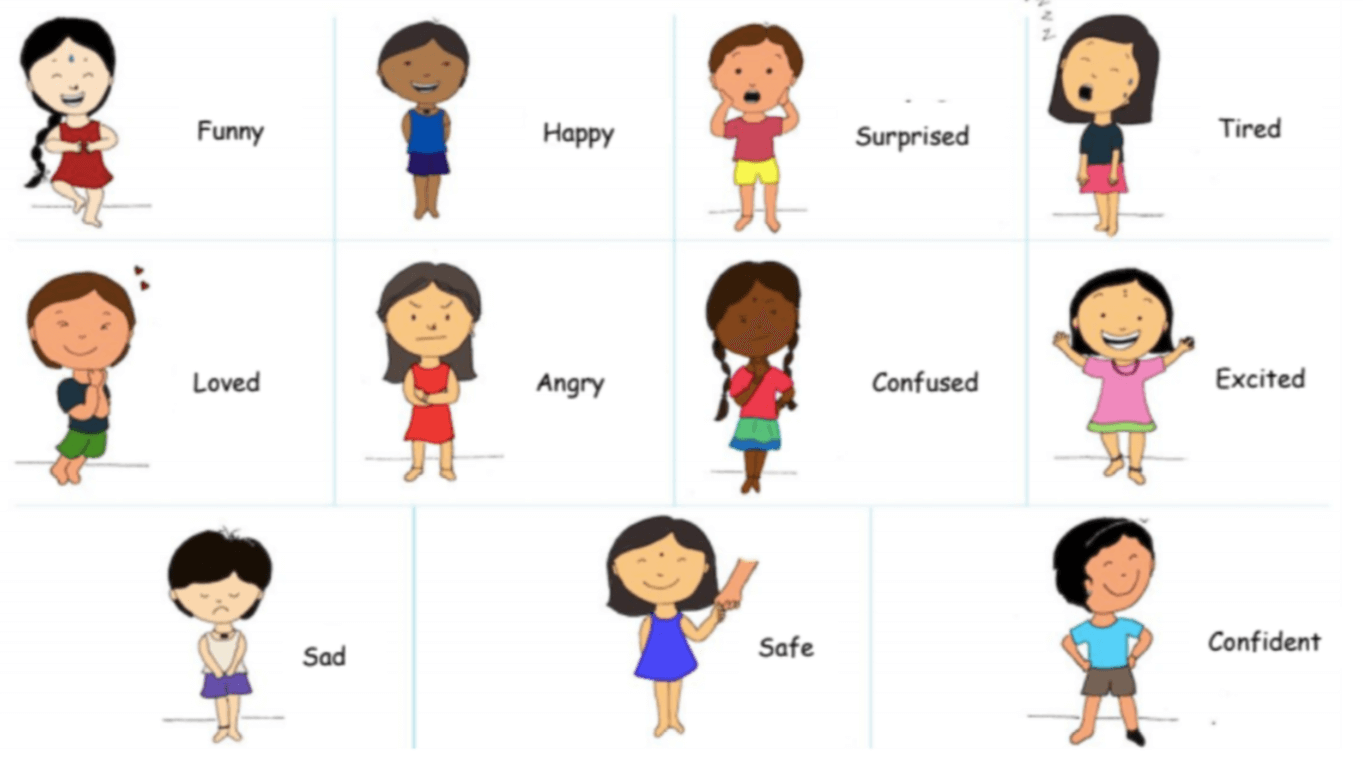
Re-defining Individualised Learning for Students
The pandemic has led to an overhaul of the traditional classroom setting, but students who cannot access the technology required for videoconferencing or other e-learning platforms have either resigned themselves to learning in silos or not learning at all.
Although learning via mobile phones has solved an access problem for many public school students, teachers have recorded a varied response rate to this new medium of instruction. While some students are quick to respond to instructions, others need more encouragement. Some students can only access mobile phones for certain periods of time and have insufficient support at home.
Students now look to parents for learning support, and teachers have begun sending simple learning plans and home activities to them over Whatsapp. These activities are designed not only to spark curiosity and creativity but also to champion collaboration in learning.
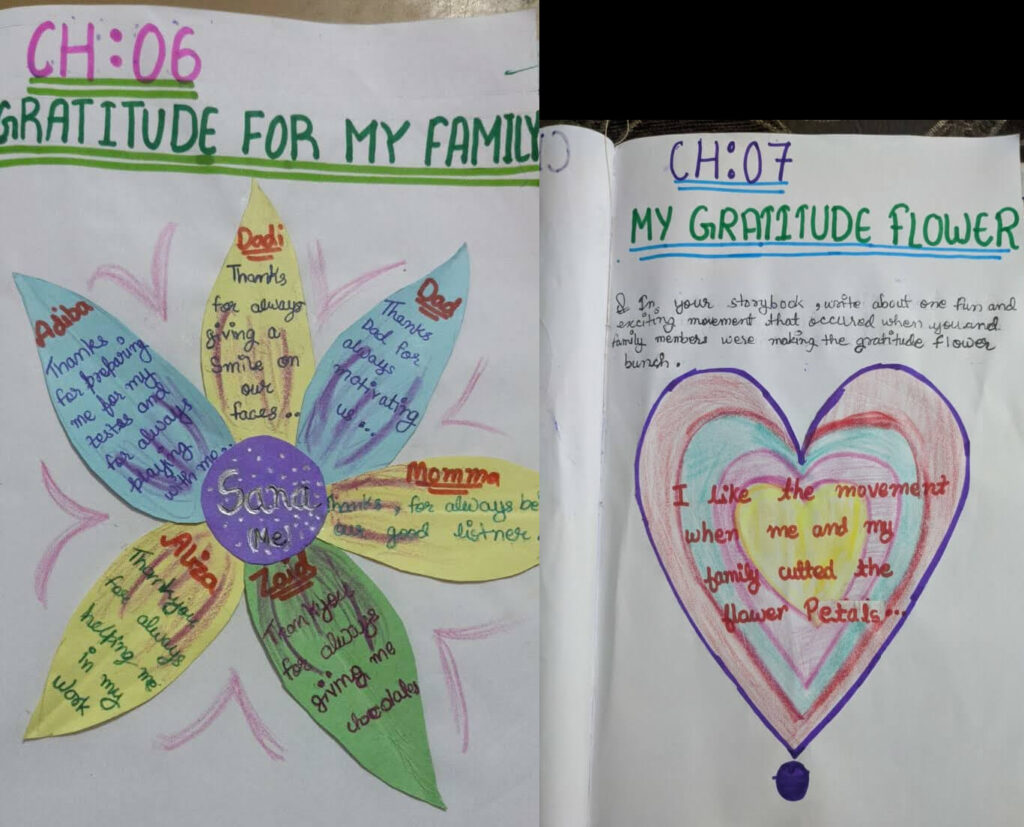
The objective of these plans is to make it easier for students to achieve certain learning goals by customizing activities according to what is available to them at home. For example, if a learning program included drawing and painting and certain students did not own coloured paints, teachers would provide instructions on how to make organic paint from vegetables at home. Teachers also take the initiative to check up on the wellbeing of individual students and provide personalised support to the less-responsive ones.
Realising a ‘Student Vision’
In 2019, SEF ran a pilot study to understand the key skills and dispositions which would form the basis of its practices inside schools, as part of the ‘student vision’. They first tried defining each skill and disposition for the Indian context. Then, SEF identified 32 ‘key observables’ which enabled them to identify whether children were displaying these skills and dispositions. Using this information, the organization has designed an evaluation tool for teachers to recognize key focus areas for each student and the school at large to work towards, an overview of which is depicted in the table below.
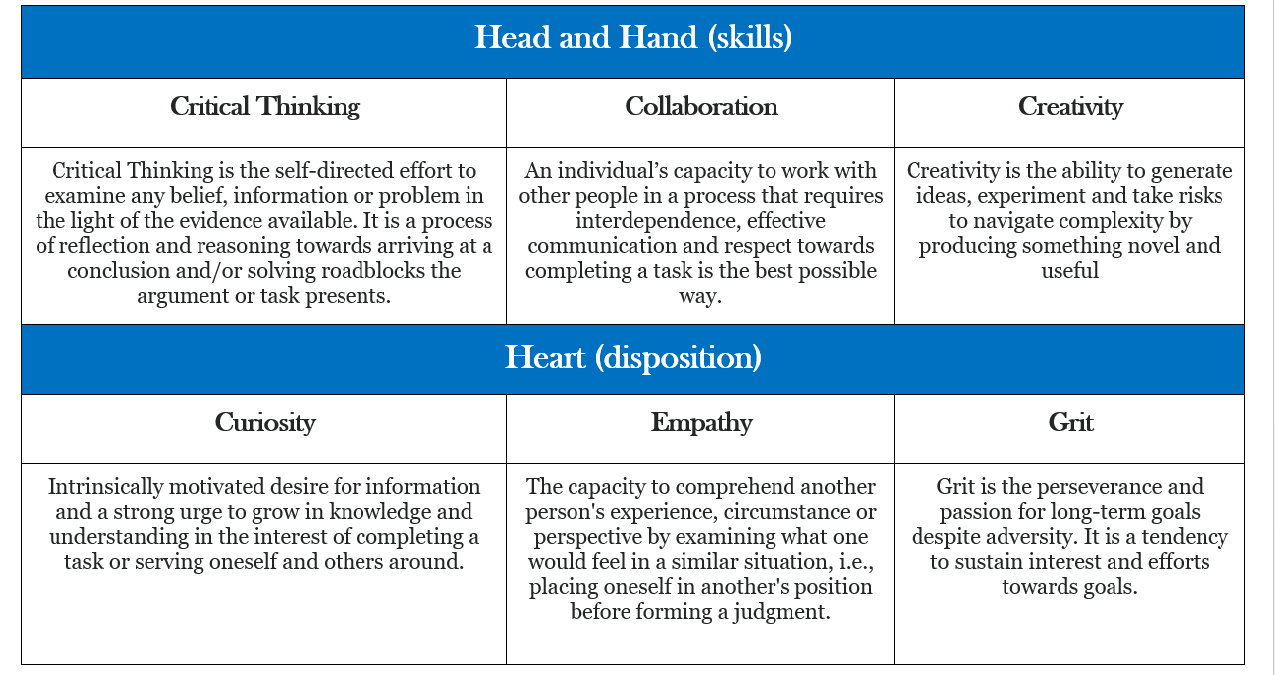
SEF’s study found that students successfully displayed characteristics such as empathy, critical thinking, and creativity, but there was still room for deepening these traits and adopting new ones. The Foundation worked with school leaders to design activities such as ‘silent time’ and ‘group work’ for students to hone specific traits which they lagged behind in.
‘Silent time’ is where children engage in silent individual activities for 15 to 20 minutes every day after lunch. These activities range from meditation to painting and mandala art. Time spent by themselves in reflection enables children to process their thoughts and emotions, understand their feelings and also find new ways to express themselves. The activity also works to modulate student energy levels and enable them to seamlessly transition into other classroom activities.
Having said that, SEF believes that collaborative learning is the only way for children to grasp and deepen their understanding of empathy, harmony, service and collaboration in an organic manner. ‘Group work’ therefore forms a core principle of their pedagogy.
Albeit the most important, the students form only one of the many moving parts in this coronavirus-induced online jigsaw puzzle. The Foundation has been working closely with school management and teachers to help them provide custom classroom instruction that is rooted in the same student vision framework.
Training (and Supporting) Teachers to go Online
The prevailing circumstances have taken a toll on female teachers, especially those who are married. Besides the reduction in salary, managing work at home and work from home has posed a considerable challenge. While the government has urged schools to conduct classes online, teachers have not been adequately trained to conduct online classes. A teacher who is struggling to manage their own emotions will inevitably struggle to support their children in managing their emotions.

Teachers must also be encouraged to reflect on their own personal experiences in addition to their syllabi. Empowering teachers with reflective and reflexivity skills allow them to collaborate with colleagues and help students achieve their learning goals.
Unfortunately, Social-Emotional Learning has been treated as an isolated element that is ‘good-to-have’, but not a ‘must-have’. This creates a major challenge in implementing it in the active pedagogy of a classroom. SEL emphasises that students’ wellbeing and necessary academic curricula are not mutually exclusive.
While COVID-19 has fractured conventional schooling, it has opened the door to creative methods for teaching and learning. It has also made another thing abundantly clear: that individualized feedback and motivation provided by teachers are imperative to the success of students. Every child has their own way of processing emotions and several responses to the same situation. Integrating SEL into schools’ daily teaching practices can provide a promising remedy to a previously one-dimensional education system, by bringing children’s physical, social and emotional learning experiences to the fore.
Views expressed are personal | The author is volunteering with the communications team at Simple Education Foundation


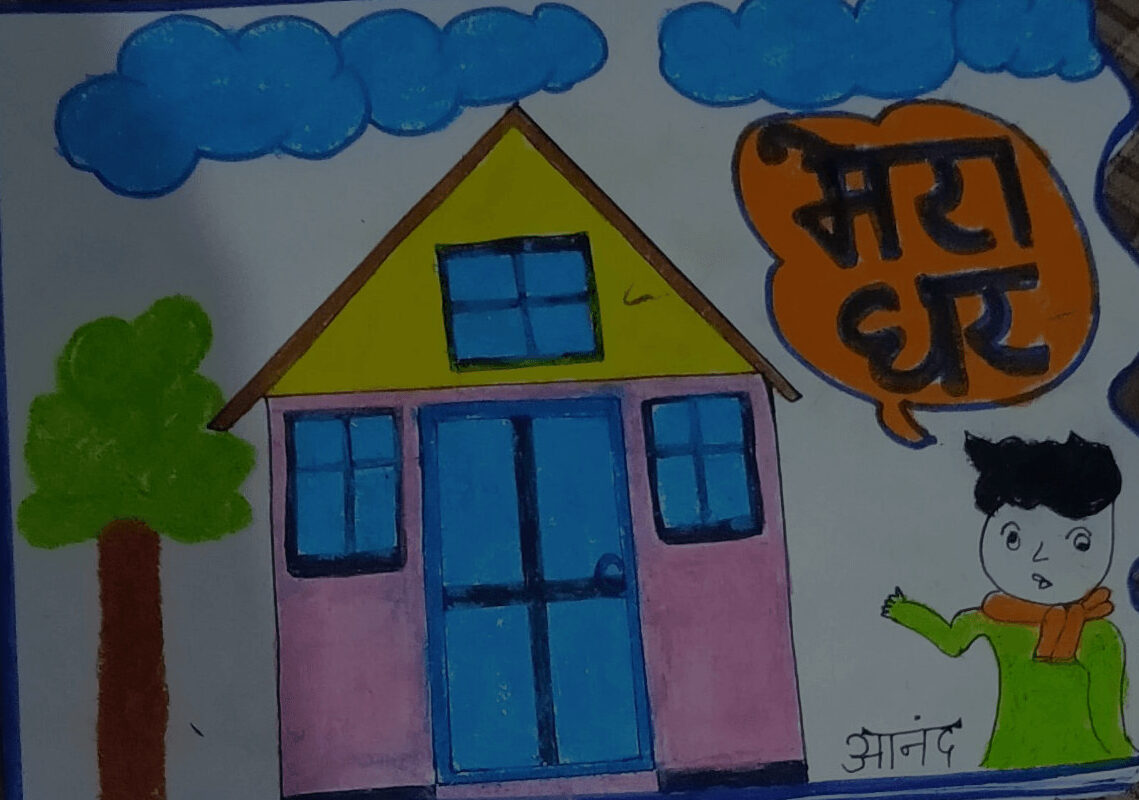
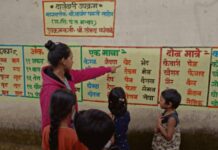



[…] holistic student report cards capturing not just academic performance, but also the students’ socio-emotional well-being, life-skills, physical fitness, talents, and artistic abilities. Can also develop holistic […]